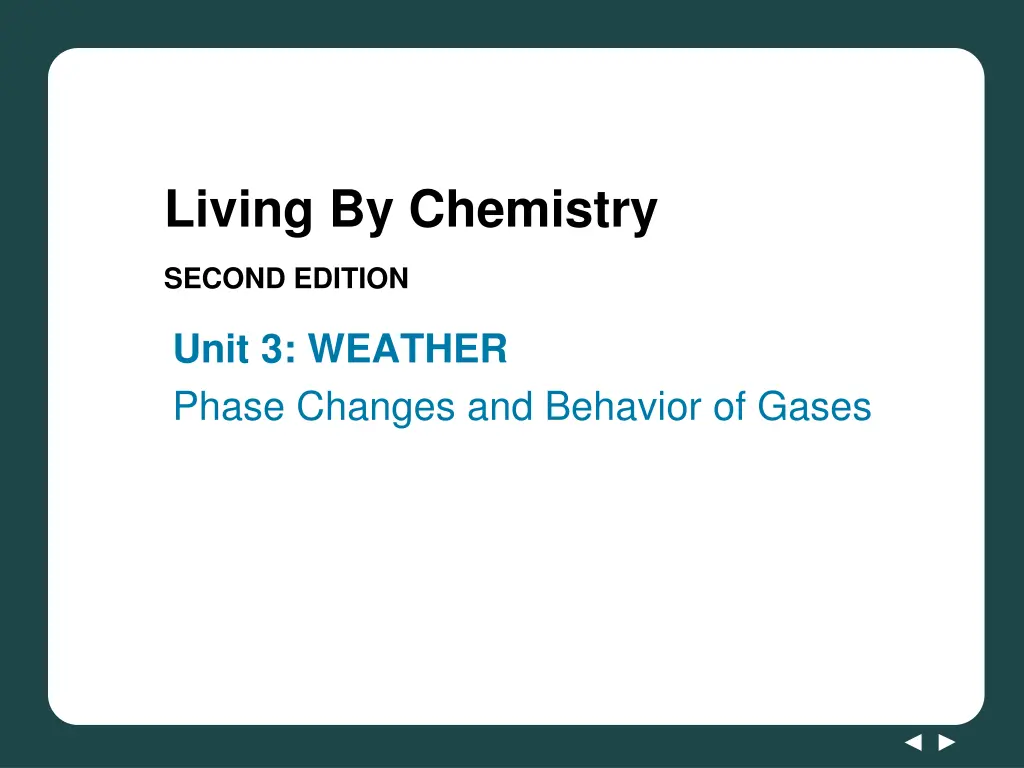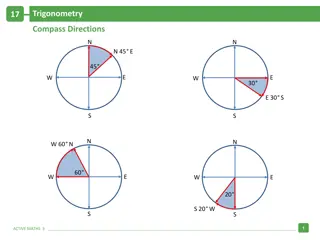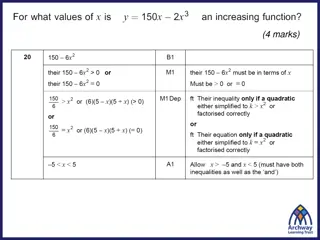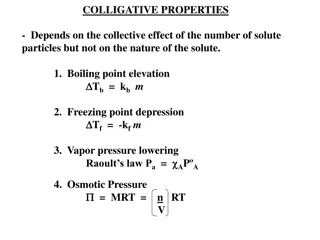
Understand Phase Changes and Behavior of Gases in Weather
Explore the density of liquids and solids, and learn how to calculate water volume from snow depths. Discover the differences between snow and rain water content to predict water availability in lakes and reservoirs.
Download Presentation

Please find below an Image/Link to download the presentation.
The content on the website is provided AS IS for your information and personal use only. It may not be sold, licensed, or shared on other websites without obtaining consent from the author. If you encounter any issues during the download, it is possible that the publisher has removed the file from their server.
You are allowed to download the files provided on this website for personal or commercial use, subject to the condition that they are used lawfully. All files are the property of their respective owners.
The content on the website is provided AS IS for your information and personal use only. It may not be sold, licensed, or shared on other websites without obtaining consent from the author.
E N D
Presentation Transcript
Living By Chemistry SECOND EDITION Unit 3: WEATHER Phase Changes and Behavior of Gases
Lesson 51: Having a Meltdown Density of Liquids and Solids
ChemCatalyst Water resource engineers measure the depth of the snowpack in the mountains during the winter months to predict the amount of water that will fill the lakes and reservoirs the following spring. 1. Do you think 3 inches of snow is the same as 3 inches of rain? Explain your reasoning. 2. How could you figure out the volume of water that will be produced by a particular depth of snow?
Key Question How much water is present in equal volumes of snow and rain?
You will be able to: make density calculations, converting volumes of liquids and solids explain how phase changes affect the density of a substance use density equations to calculate the volume of water in a sample of snow or ice
Prepare for the Lab Work in groups of four.
Discussion Notes (cont.) You can determine the density of water by measuring the mass of a certain volume of water. The density, D, is the mass, m, divided by the volume, V: m V D = The densities of snow and ice are less than the density of water.
Discussion Notes (cont.) The graph you created allows you to compare the densities of the different phases of water. m V The relationship D = can also be written as m = DV.
Discussion Notes (cont.) For any proportional relationship, the graph is a straight line that passes through the origin, (0, 0). Scientists measure snowpack in terms of depth meters or feet and then make conversions to obtain the volume of water.
Wrap Up How much water is present in equal volumes of snow and rain? In density calculations, mass and volume are proportional to each other. The formula D = can also be written m = DV. When a substance changes phase (from solid to liquid to gas), its density changes. The mass stays the same, and the volume changes. Water is denser than snow. Ice is less dense than water. m V
Check-In 1. Imagine that you have equal masses of snow and rain. Which has a greater volume? Explain your thinking. What is the mass of 14 mL of rainwater? 2.






















